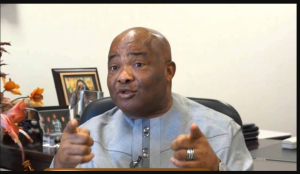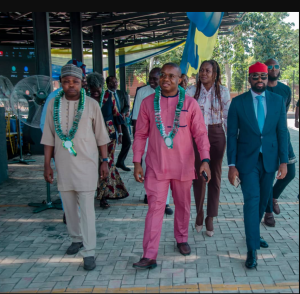

Expectations are usually high for leaders of philanthropic and non-profit organisations during crisis situations, Wendy H. Steele, Founder and Chief Executive at Impact100, a Non-profit NGO, has outlined how best to handle such challenging situations.
Steele has advised that it is important for leaders of philanthropic or non-profit organisations to be quick to define and communicate their organisation’s vision, values and mission even before the crisis occurs.
These leaders are to proactively and consistently communicate what their organisations are good at and clearly define their role in the community prior to a crisis occurring This, she said, will ensure that board members, staff, and community stakeholders are aligned with their mission, skills, and expertise.
“This understanding will help facilitate important conversations that arise during the crisis and to manage expectations appropriately.
“In crisis situations, people are looking for a voice of calm and reason. Putting things in perspective and sharing information relevant to the issue can be hugely helpful.”
The philanthropist noted that whether through their organisation’s social media handles or newsletter, helpful instructions and useful links should be published, as well as going above and beyond in their communication efforts to the community Donors, board members, staff and volunteers, she remarked, will help build trust in this wise. This, she said also, is keeping in mind that transparency during times of crises, is very critical.
According to her, rather than sugarcoat what is happening, it is essential to provide the community with calm and steady communication that can help people feel assured on the next steps.
“Philanthropic and nonprofit leaders have an opportunity to lift up their community by serving as a trusted resource. When people are fearful, they are actively looking for resources to point them in the safe and right direction. Leaders need to give people a roadmap in these situations.
“This can take several forms, including reaching out and collaborating with other nonprofits in the community extending the scope of assistance, creating an information and resource guide, or helping individuals get involved by volunteering in different areas of the community by donating blood, food, time, expertise, or money. In this way, leaders can establish themselves and the organisation as trusted resources within the community and point individuals in the right direction—while staying within the parameters of the organisation’s mission and capacity.”
Added to this, she advised that leaders should intentionally cultivate relationships with other nonprofits in the community to extend their capacity through collaboration and teamwork beyond their organisation.
In conclusion, Steele disclosed that philanthropic and nonprofit leaders are invited to direct their generosity to their communities in expanded ways. Through collaboration with a variety of organisations and resources, in which case they will better understand the needs of their community and identify the best solutions for the most pressing problems that they face.
“When crisis hits, it’s critical for leaders to stay true to the core principles of their mission, utilise increasing communication, serve as a trusted resource, and lead by example to address the issue in real time in order to help your community heal.”












